It’s the end of the night. Your guests have gone home. Once the dishes are clean and the house tidied up, you sit down at the dining room table, thinking about the night and seeing a silver candelabra that was once your grandmother’s.
A smile comes across your face as memories of family holidays rush into your heart.
Family, celebrations, and silver — and the beautiful memories that come with each — are just some of the reasons why we love our job.
Solving mysteries is another reason.
Over the years, we’ve talked to clients who want to know their antique silver’s historical background. They want to see if it’s sterling, who made it, where it came from, and if it’s valuable.
As silversmiths who have worked with thousands of antiques since 1977, we can decipher the mysteries of your silver. We’ll give you some tips below and are always happy to take a look if you bring it in or ship it over.
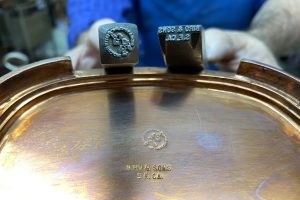
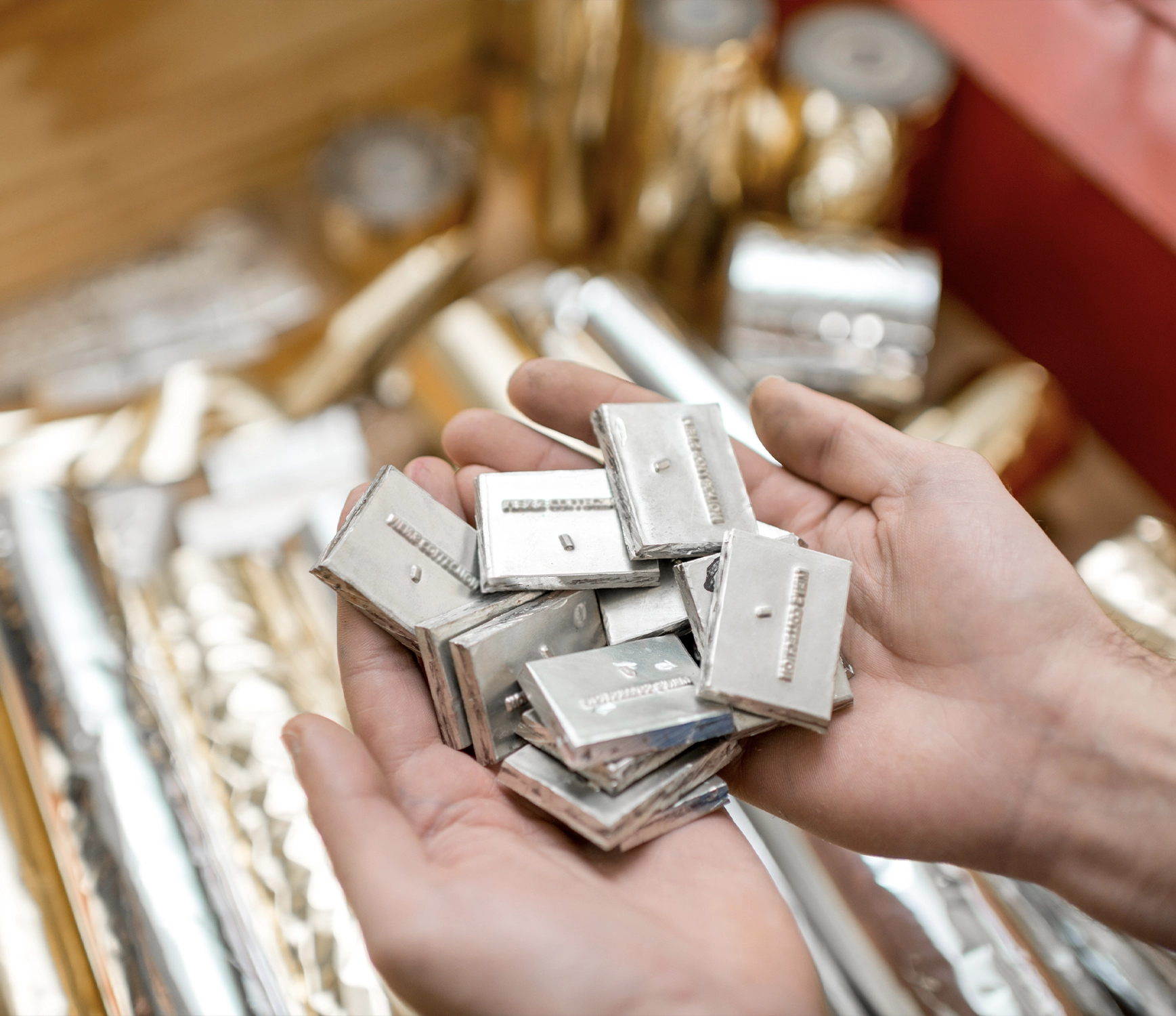
What’s It Made Of?
Let’s start with one of the easier things to sort — what’s your antique made of?
If you can see a base metal — brass or copper most likely — then it’s safe to assume your piece was silver plated.
Clarifying that question is one of the first things we do since before we do any repair or restoration work, we need to know what materials we’re using.
If there is no dark metal peeking through, then the odds are high that you have a sterling piece. Sterling is typically more valuable than silver-plated.
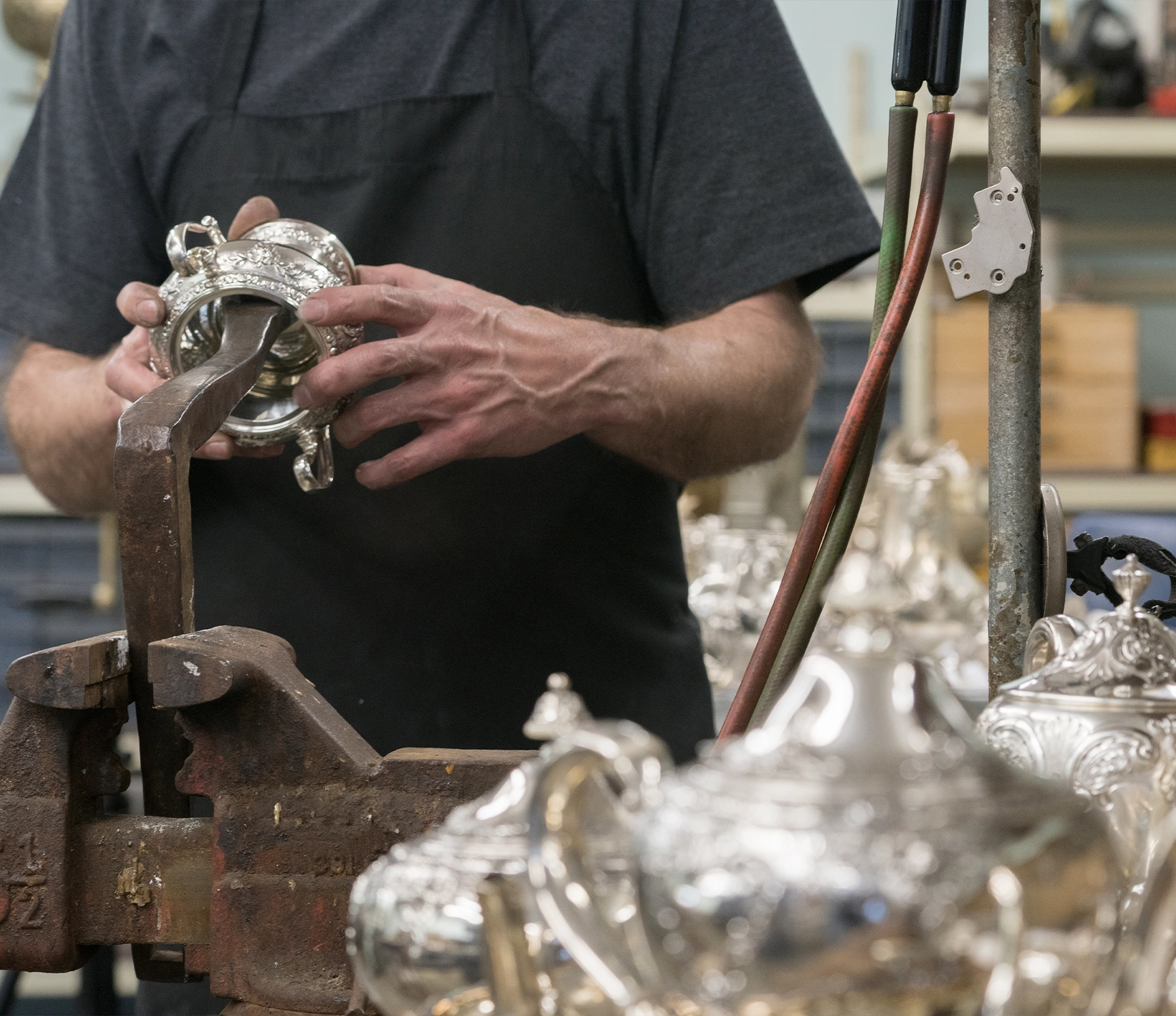
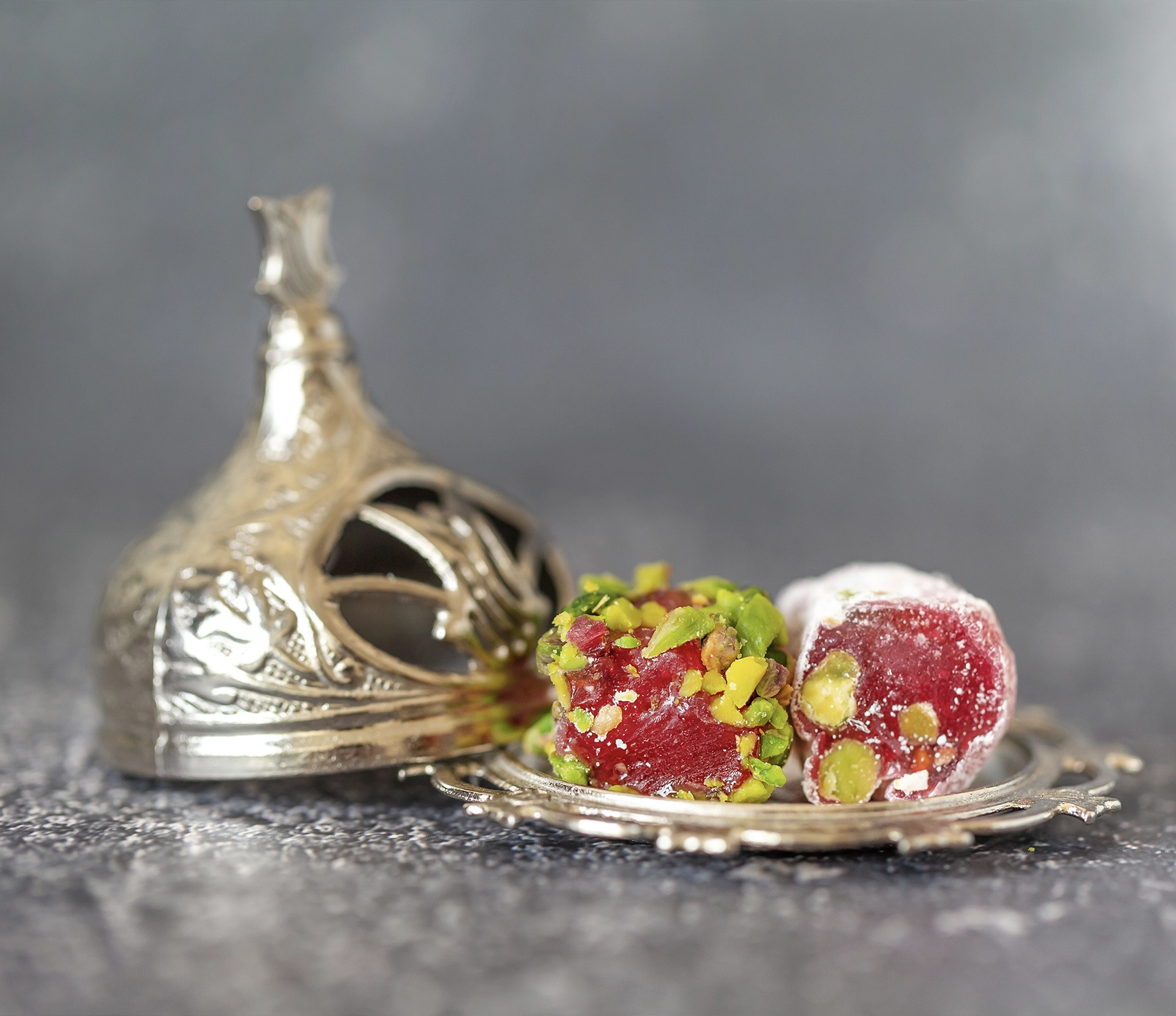
Where Was It Made?
Identification marks — stamps that you can find on the base or edge of a piece — are fascinating bits of history.
Silversmiths and high-end manufacturers stamp their pieces to identify who, where, and when an item was created. Each country features and regulates its icon. Many luxury brands — including us! — have unique stamps.
The United States, for instance, requires that silversmiths stamp their pieces with the word “sterling.” A silver-plated piece will often be marked with that manufacturer’s name — Rogers, Wilcox, or Reed and Barton.
England’s mark is a lion icon in an oblong box.
Marks from Europe and Russia are wildcards since there is not one specific stamp. Often marks from those regions will be circular, many feature flowers, and some spell out the piece’s manufacturer.
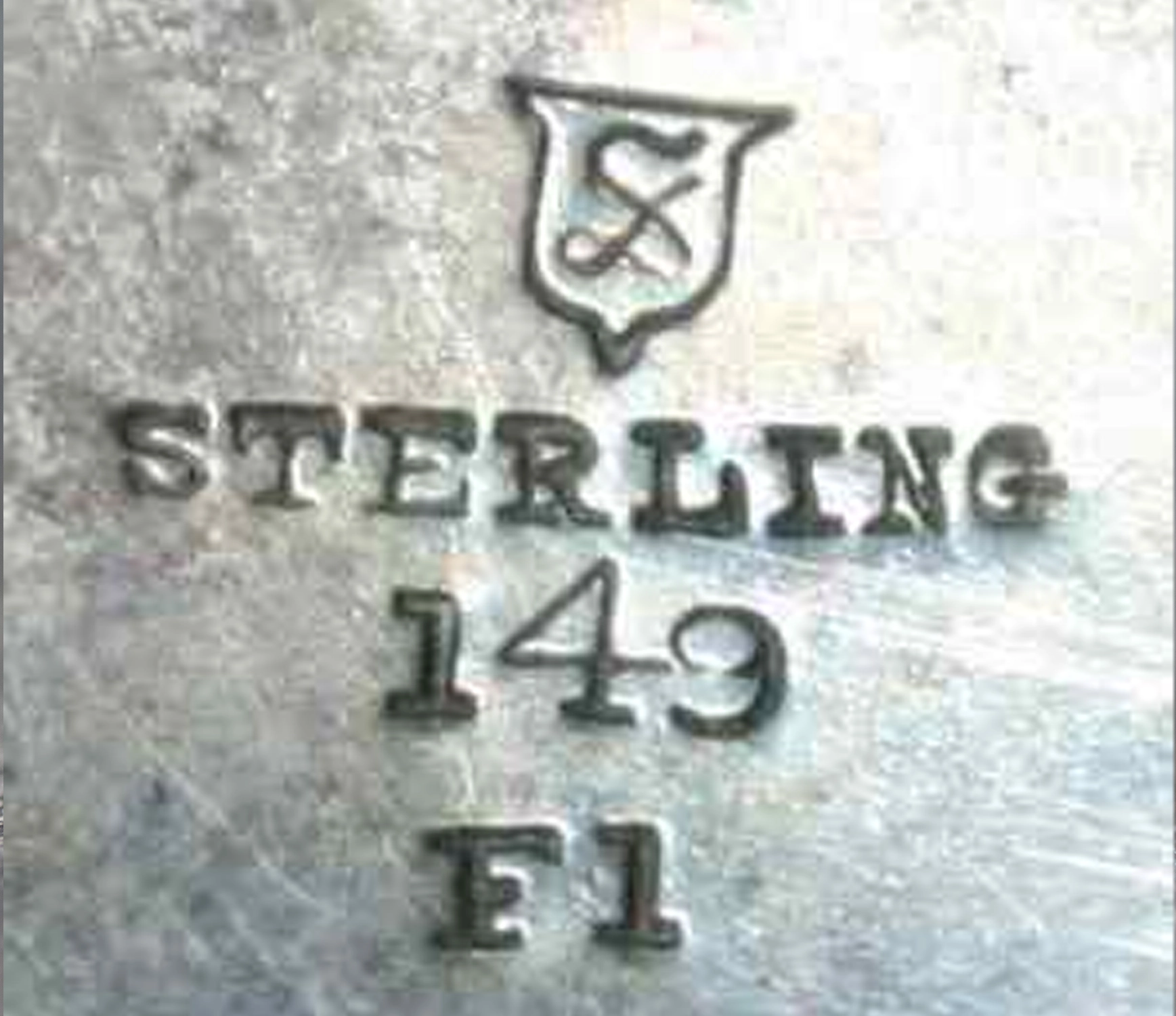
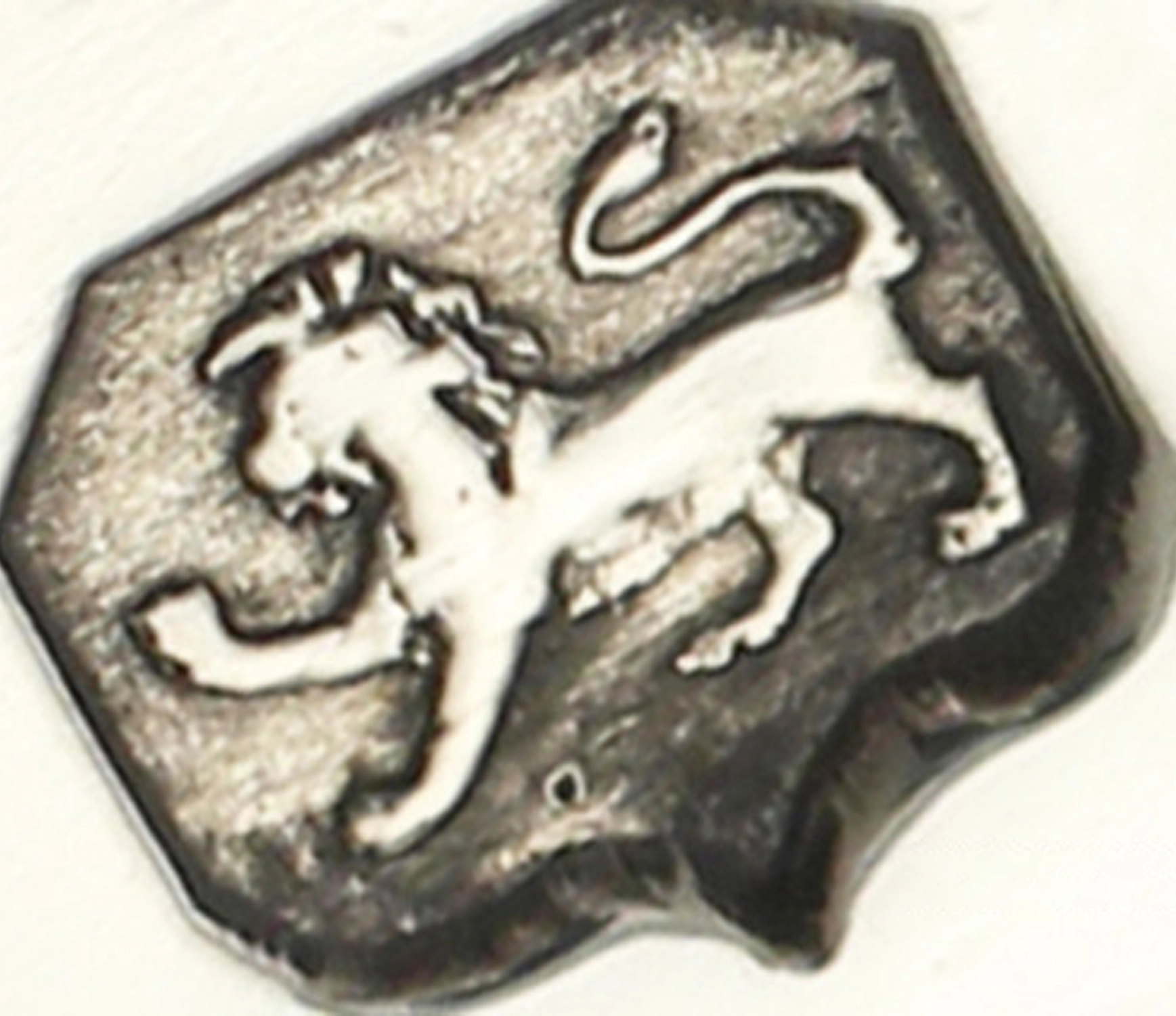
Here is an excellent resource for identifying silver marks.
If you see an “ESPN” stamp (that doesn’t mean the manufacturer was a sports fan necessarily), that means it was created in the United States and electroplated nickel silver. An electroplated nickel silver piece in England is stamped “EP.”
Finding a Treasure
There’s the commodity value of silver and the sentimental value of heirlooms. The times that those two numbers intersect is just about never. Value, especially in our world, is an entirely subjective number.
At the same time, it’s always fun to be surprised.
A couple of months ago, one of our friends brought in a beat-up, oxidized black silver vase that they’d found at a garage sale in the East Bay and bought it for $8. Handing it across the counter at our San Francisco shop, they asked the “Antique Road Show” question: Is it worth anything?
“We took a quick look, cleaned up the bottom of the vase to find the stamp, and discovered it was a Tiffany antique,” Martin Biro reports with a laugh. “We restored and polished it, and now that vase is worth more than $1,000! That’s a good find.”
As always, we’re happy to help you identify and restore your silver pieces. Let us know how we can help.